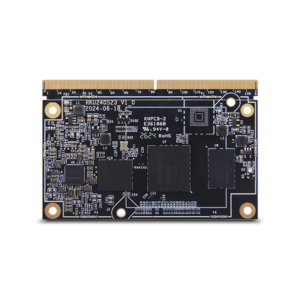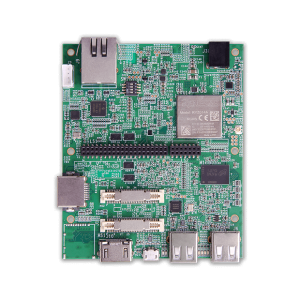Maximizing Efficiency in Embedded Systems with Computer-on-Modules
Maximizing Efficiency in Embedded Systems with Computer-on-Modules
Blog Article
From Concept to Production: How Computer-on-Modules Simplify Embedded Design
In the current fast-paced technological landscape, firms and designers are significantly embracing modular solutions to meet the ever-growing demands of high-performance applications. One such solution increasing footing is the usage of computer on module. These compact, self-contained systems are stuffed with all the crucial aspects of a computer, such as the model, storage, storage, and connection interfaces, all integrated into a single unit. In this informative article, we discover why Computer-on-Modules are learning to be a go-to choice for scalable, high-performance applications across numerous industries.

1. Compact Design and Integration
One of the principal advantages of COMs is their small kind factor. These adventures are designed to include all critical the different parts of a pc, reducing the necessity for multiple discrete parts and rendering it simpler to generate lightweight, space-efficient systems. This integration permits designers to build effective answers without reducing the entire size of the end item, which is particularly useful in industries such as for example embedded methods, IoT products, and commercial automation.
2. Scalability for Varied Purposes
Scalability is an essential element for modern purposes, specially in industries like telecommunications, automotive, and edge computing. With Computer-on-Modules, organizations can very quickly scale up or down depending on the certain performance and source requirements of these projects. As an example, a company creating an advantage computing answer may start with an element that meets fundamental needs and then upgrade to more powerful modules whilst the workload or running needs grow. This flexibility allows companies to future-proof their opportunities and align electronics with changing performance demands.
3. High-Performance Computing
Many high-performance applications involve a strong computational backbone to handle demanding jobs such as for instance real-time information control, video analytics, or unit learning. COMs are usually developed with effective processors, high-speed interfaces, and sufficient memory, making them effective at offering the high throughput and low-latency efficiency necessary for these applications. Furthermore, their ability to guide the newest model architectures assures that programs can remain at the forefront of efficiency benchmarks.
4. Charge Performance and Time Savings
Another significant benefit of using Computer-on-Modules is cost efficiency. Since the modules come pre-integrated with necessary components, developers save your self both time and sources that will usually be allocated to designing, screening, and assembling individual components. This will cause reduced development cycles and a faster time-to-market for products and services, which can be critical in aggressive industries. Additionally, considering that the electronics parts are standardized, the danger of incompatibility is reduced, resulting in simpler development processes and lower executive costs.
5. Variable Customization
While COMs offer a large amount of integration, they are also created for flexibility. Many COMs include numerous options for I/O interfaces, storage options, and energy management answers, letting designers to tailor the component to the particular wants of their application. That usefulness is specially valuable in industries wherever customization is essential, such as medical products, robotics, and automotive applications.

Realization
In summary, Computer-on-Modules offer numerous advantages for corporations and developers seeking to produce scalable, high-performance solutions. Their small design, scalability, effective control features, cost-efficiency, and modification choices make sure they are a great selection for a wide selection of applications. As industries continue steadily to evolve and demand more powerful, flexible options, COMs can certainly perform a crucial position in shaping the ongoing future of technology. Report this page